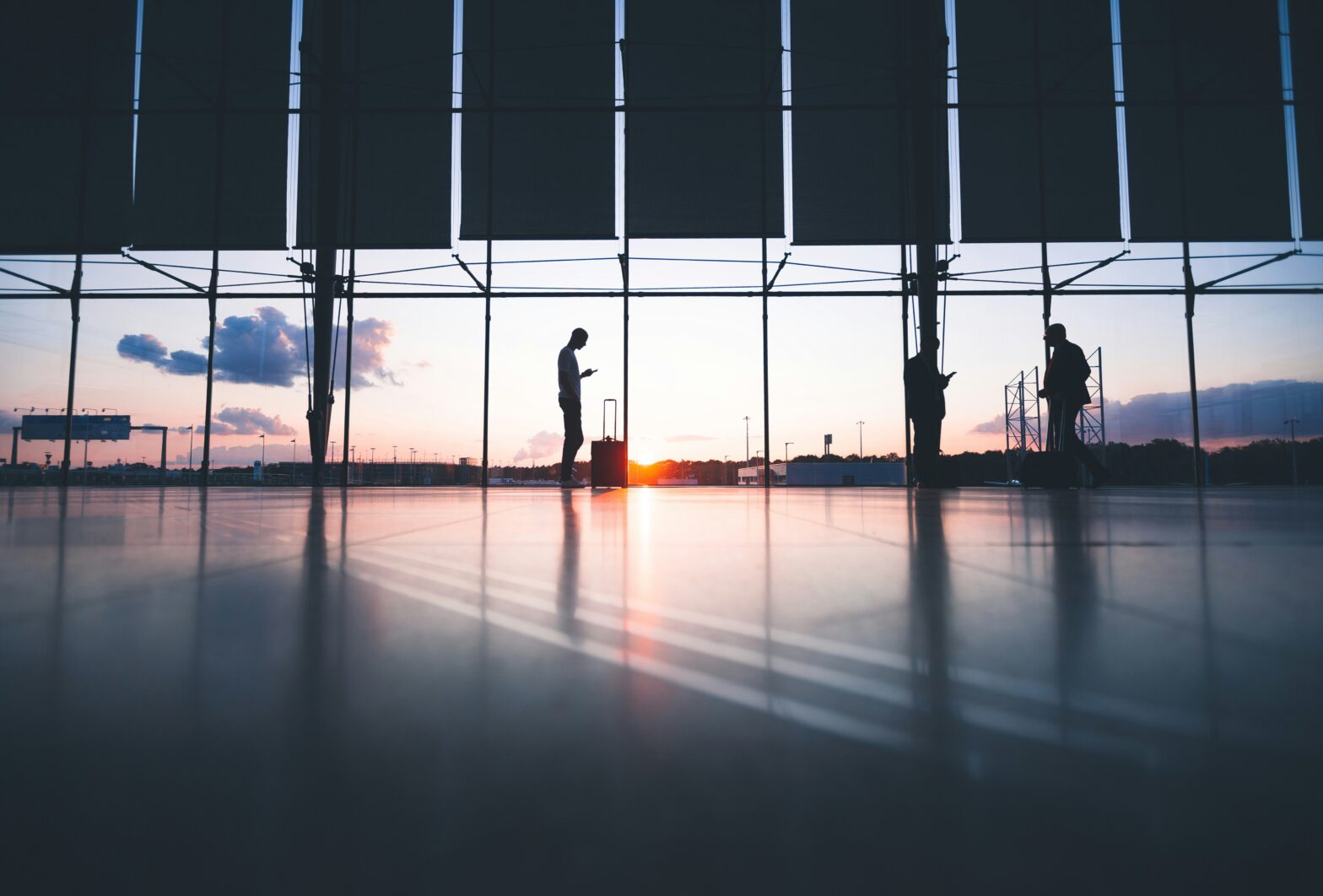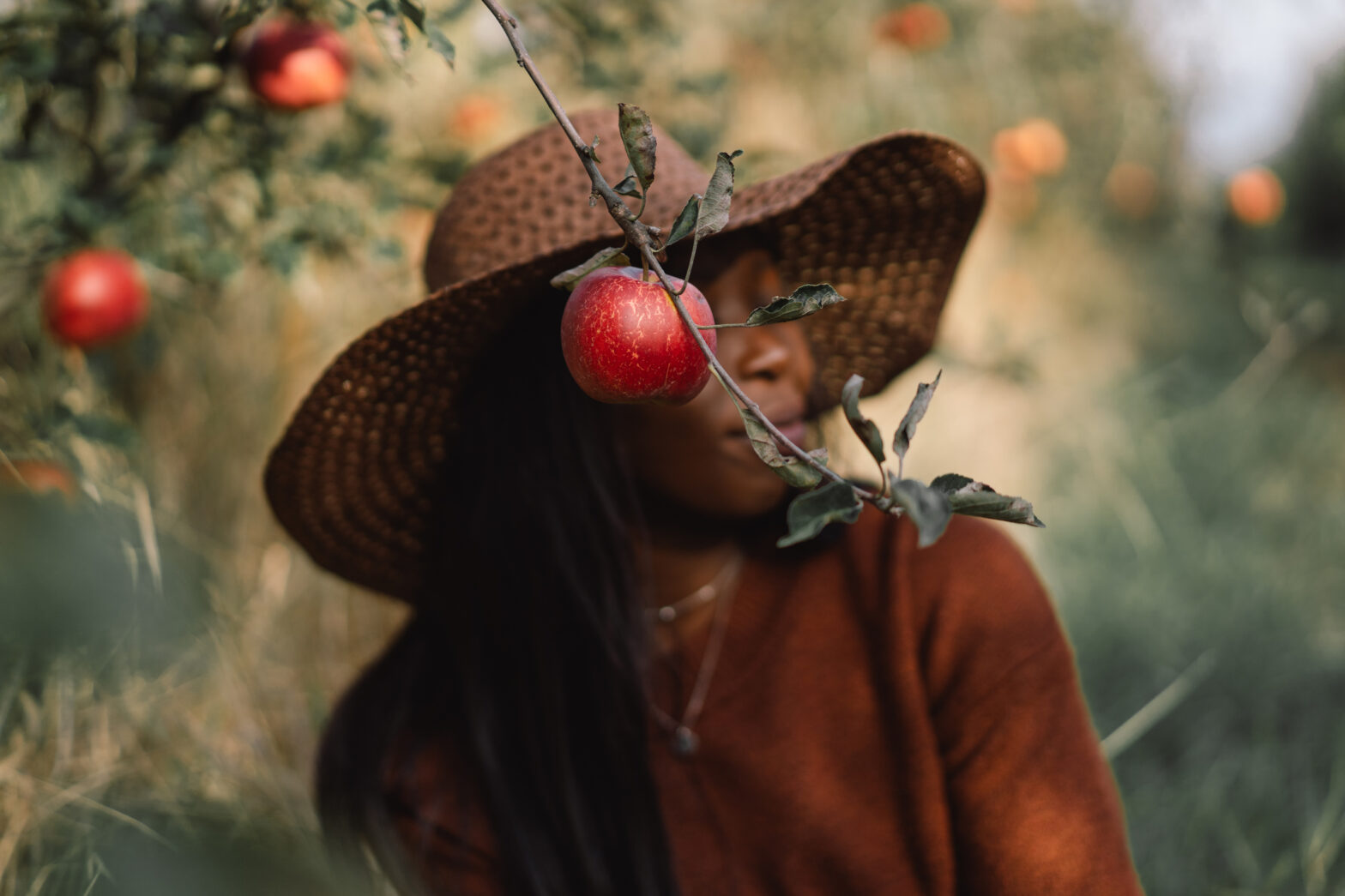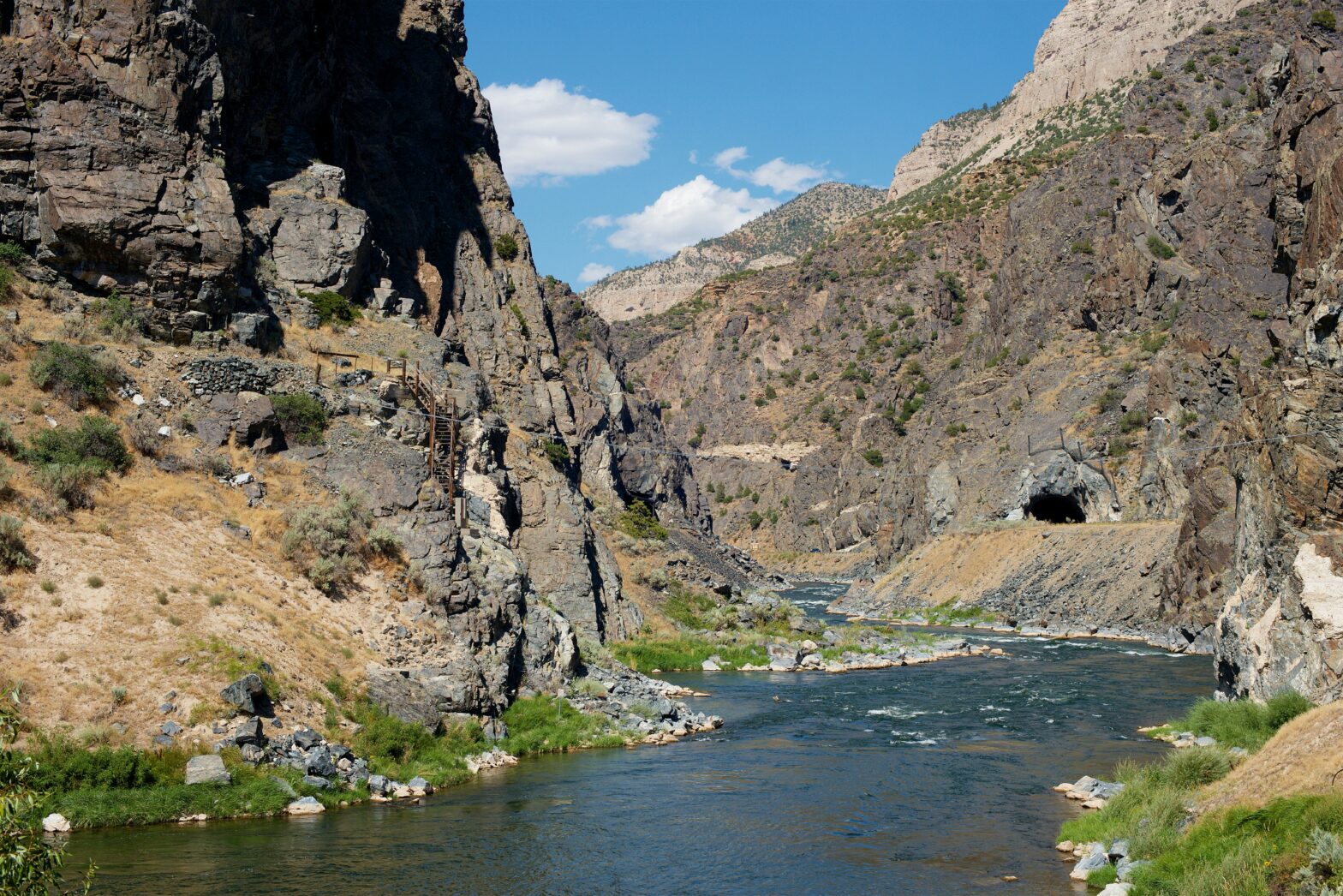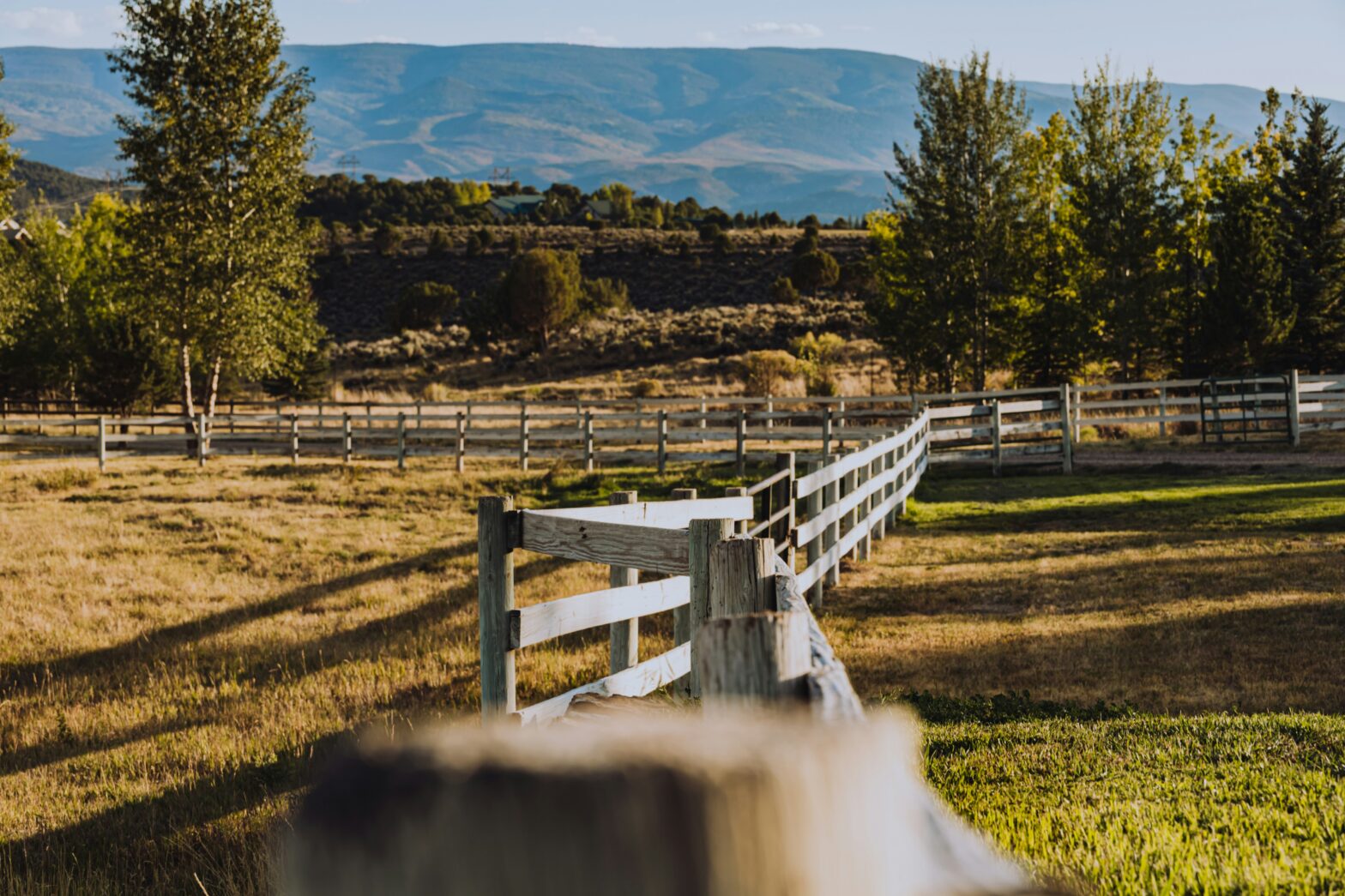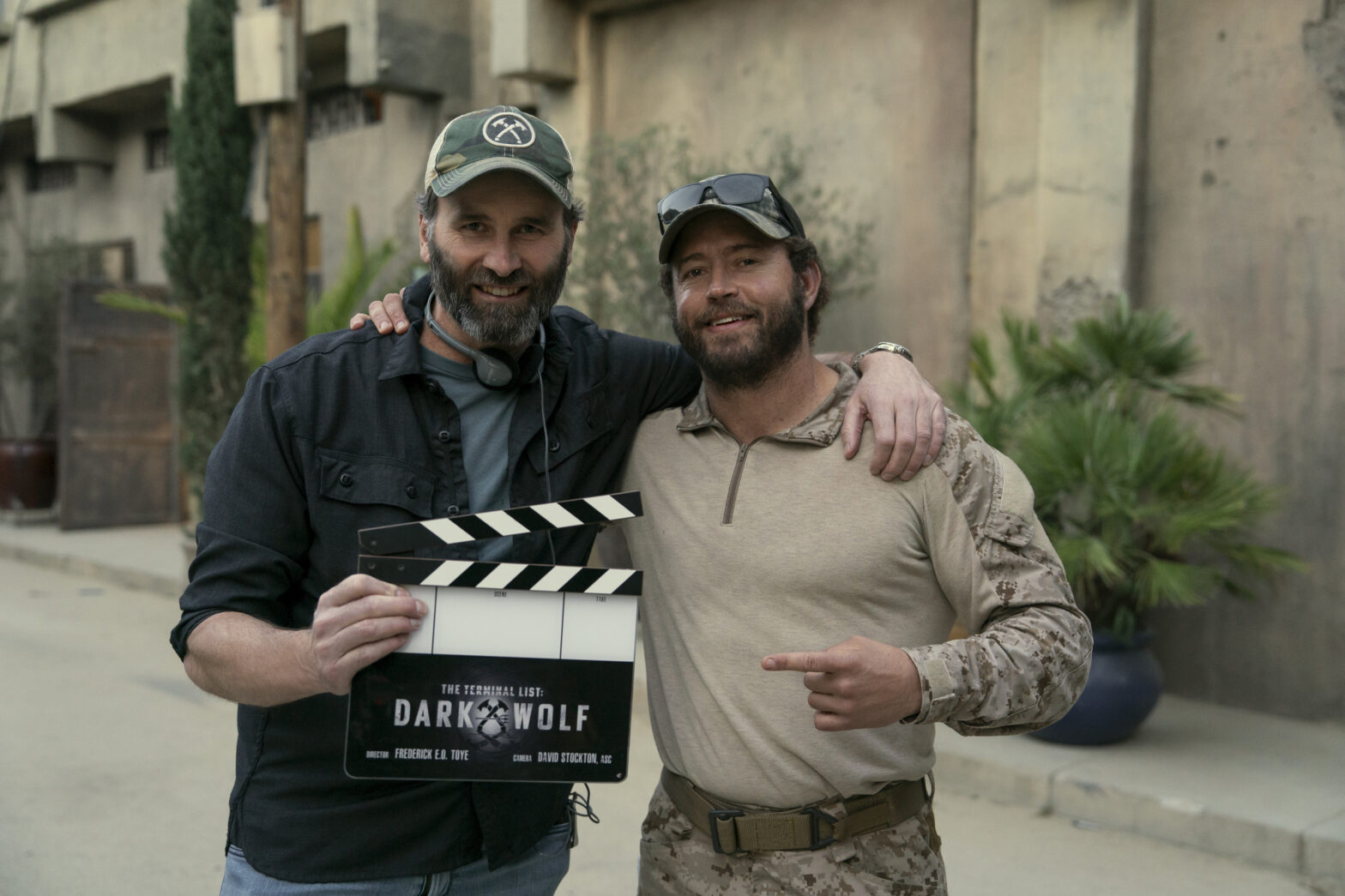Bland. No culture. Flyover. Boring. Aside from Chicago and Detroit, these four words are often how people describe the Midwest. It’s often portrayed as a homogeneous region of the country that lacks racial diversity and culturally enriching activities. However, this couldn’t be further from the truth.
As of 2019, an estimated 7 million people who identify as Black or African American reside in the Midwest. This makes the Midwest second only to the South in terms of the number of Black residents, according to Black Demographics.
The Midwest offers a wealth of museums and history related to the Underground Railroad, the civil rights movement, and a thriving Black music and art scene. A bonus: the region also offers some of the best scenery and nature hikes that rival places in the Northeast. Here are five cities that may surprise you when it comes to exploring Black history.
North Dakota
While the Black population in North Dakota hovers around 3.4% (approximately 24,000 residents), there are various ways to explore Black history and culture. Fargo-Moorhead has become a hub for discovering Black history and culture.
According to the Historical & Culture Society of Clay County, within the last 25 years, our community has become a magnet for immigrants from Africa and countries of the African Diaspora. Education and economic opportunities have enticed thousands of African Americans from around the country to make Fargo-Moorhead home in the last two decades.
The society also hosts an exhibition titled “Stories of Local Black History.” A significant project that society brought to the community is the Felix Battles Monument. Felix was a pioneer Black barber in Moorhead who escaped slavery and served in the Civil War before moving to Moorhead.
For Black-owned restaurants, head to Divine Taste of Africa, Madina’s Cuisine, Grandma’s Kitchen, and Adibon Fusion.
Milwaukee
Just under two hours from Chicago is Milwaukee. It’s home to Dance Fest, the largest dance festival in the country, founded by Oscar-winning screenwriter John Ridley, known for his work in 12 Years a Slave, Shirley, and American Crime. He runs the fest through the cultural hub he created, Nō Studios.
The Milwaukee-native created Dance Fest to spotlight the Midwest’s deep well of dance talent — and to prove that world-class artistry exists well beyond the traditional cultural power centers of New York and Los Angeles.
Museum visitors should spend time learning about Milwaukee’s Black history, including the Institute for the Preservation of African American Music & Arts, and America’s Black Holocaust Museum.
Surprisingly, there are nearly 80 Black-owned food and drink establishments in Milwaukee. Twisted Plants, Blue Star Café, Immy’s, Heaven’s Table BBQ, and Pop’s BBQ Memphis Style are favorite Black-owned restaurants.
Omaha
When visiting the birthplace of Malcom X, the Great Plains Black History Museum should be your first stop in Omaha for Black history. The museum features rotating exhibits on Midwest Black history, with artifacts and stories that highlight national and local figures.
Beginning August 1, the North Omaha Visitors Center will serve as a hub to share North Omaha’s cultural history, including civil rights landmarks, music heritage, and local businesses. Malcom X’s birthplace is also now a 17-acre developing memorial site and community center dedicated to his legacy and social justice education.
A local and visitor favorite is Fair Deal Café. Known as the “Black City Hall,” this historic North Omaha gathering spot has been revived as part of the Fair Deal Marketplace, blending food, commerce, conversation, and community history.
Omaha is the hometown of boxing champion Terence “Bud” Crawford, widely regarded as one of the best pound-for-pound fighters in the world. He runs B&B Sports Academy in North Omaha, mentoring local youth and giving back to the community.
Kansas City
In Kansas City, the Bruce R. Watkins Cultural Heritage Center & Museum honors the man it is named after. Watkins was an entrepreneur, public official, and community leader. In 1966, he became the first African American elected to the City Council. The museum honors his legacy and that of other African Americans who have made their mark in Kansas City.
One of the most astounding experiences nationwide can be found in Kansas City at the Negro Leagues Baseball Museum. It is the world’s only national museum dedicated to preserving and celebrating the history of African American baseball and its impact on the social advancement of the United States.
You can’t leave Kansas City without barbecue. It’s a major barbecue destination in the U.S. and widely recognized for its savory, slow-cooked meats and iconic burnt ends. Black-owned Arthur Bryant’s Barbeque is recognized as the oldest barbecue establishment in Kansas City, and Gates BBQ is a long-standing, Black-owned barbecue chain. Other places to try include LC’s Bar-B-Q and B B’s Lawnside Bar-B-Que.
Indianapolis
Three hours south of Chicago is Indianapolis, where there is no shortage of opportunities to discover Black history. The Conner Prairie: Promise Land as Proving Ground, located at the only Smithsonian-affiliated Museum in Fishers, Indiana, focuses on African American history in Indiana. In the spring, summer, and fall, local expert Sampson Levingston hosts people on a Black history walking tour through the city. There is also the Indianapolis Black Heritage and Legacy Trail, which recently opened.
Another important destination in Indianapolis is the Madam Walk Legacy Center. This cultural center and museum on Indiana Avenue preserves the legacy of Madam C.J. Walker, a prominent African American entrepreneur.
For Black-owned restaurants, The Amp at 16 Tech (one of Indianapolis’s food halls) has over 75% minority and women-owned businesses. Eleven of these restaurants are Black-owned.

